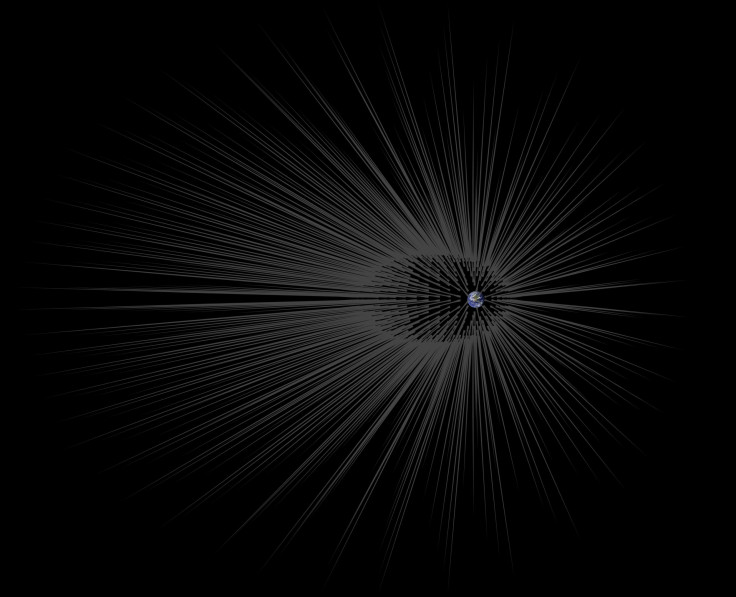Universe's Dark Matter, Energy Distribution Hasn't Changed In 14 Billion Years

Scientists have discovered that there is about as much dark matter in space as they had hypothesized there was right after the Big Bang happened. The discovery was the result of research done by more than 400 scientists all over the world working on a project called the Dark Energy Survey, including several from NASA’s Jet Propulsion Laboratory in California.
On Tuesday, the DES presented research on the “most accurate measurement ever made of the present large-scale structure of the universe,” according to Fermi National Accelerator Laboratory. Measurements of the distribution of dark matter in the early universe actually match up with the new survey of space, giving researchers insight into how the universe changes over time.
Read: 10 Of The Most Exciting NASA Missions Scheduled To Launch In The Next 5 Years
This research is particularly important to the upcoming European Space Agency’s Euclid mission and NASA’s wide-field infrared survey telescope that are expected to launch in the 2020s. The measurements were made by the ESA’s Planck observatory satellite that measures the radiation left over from the Big Bang. Information taken by the Planck gave scientists working on the DES an idea of where dark matter was originally distributed in space. The Planck can examine light in the universe from about 400,000 years after the Big Bang, a tiny amount of time compared to the universe’s overall lifetime of 14 billion years.
New measurements taken for the DES were taken of the more recent universe, allowing researchers an idea of what the distribution of dark matter and energy is currently in the universe. These newer measurements matched up with those taken by the Planck of the universe’s history, says NASA. Scientists have discovered that only five percent of the universe is made up of normal matter, the other 25 percent is dark matter and the remaining 70 percent is dark energy.
The newer measurements of the universe were calculated by processing data from the Blanco telescope at the National Optical Astronomy Observatory's Cerro Tololo Inter-American Observatory in Chile.
Read: Solar Eclipse Glasses: Where To Get Your ISO Compliant Pair For TSE 17
“The Planck results have been the landmark constraints in cosmology. It is truly amazing that you have a model that describes the universe at 400,000 years old, and now we have a similarly precise measurement of the universe at 13 billion years [old] that agrees with the model," Tim Eifler who works for JPL and worked on the DES analysis told NASA.
The more current measurements were taken by measuring the cosmic microwave background radiation while the older measurements were taken using a technique called gravitational lensing and galaxy clustering. The results show that the two yield similar results which can be used for further research. It also supports Albert Einstein’s theory of a cosmological constant.
© Copyright IBTimes 2024. All rights reserved.





















